Olympian Fig: A Complete Guide
Introduction
The Olympian Fig (Ficus carica) is a unique variety of fig that stands out for its exceptional fruit quality, with a perfect balance of sweetness and texture. Known for its large, rich green leaves and its productive, flavorful fruit, the Olympian Fig is a favorite among gardeners and fruit enthusiasts alike. Originating from Mediterranean climates, this tree thrives in warm, sunny environments, producing figs that are perfect for eating fresh or using in various recipes. If you’re considering adding this fruitful tree to your garden or home, this guide will provide all the essential information on how to grow, care for, and harvest the Olympian Fig.
The Olympian Fig is a remarkable variety known for its large, round fruits that are sweet, succulent, and perfect for a variety of culinary uses. Its compact size and easy care requirements make it a great addition to gardens, patios, and even container gardening setups. This fig tree is not only valued for its fruit but also for its ornamental beauty, with large, lobed leaves that provide an attractive backdrop in gardens. It is one of the most adaptable fig varieties, tolerating a range of climates and growing conditions while offering a hearty yield of figs. Whether you’re a seasoned gardener or a beginner, the Olympian Fig is an excellent choice for anyone looking to grow their own figs at home.

Background and Origins
The Olympian Fig originates from the Mediterranean region, an area known for its warm, dry summers and mild, wet winters. Like many other fig varieties, the Olympian Fig has adapted to thrive in these climates, requiring plenty of sunlight and a long growing season to produce its sweet fruit. The tree’s origins are linked to ancient civilizations, where figs have been cultivated for thousands of years for their nutritional value, medicinal properties, and use in religious rituals. The Olympian Fig, however, has been specifically bred to produce a sweeter and more resilient variety of fig that is well-suited for both commercial and home gardening.
This tree grows well in warm, temperate climates but can also be successfully grown in areas with cooler temperatures if provided with enough sunlight. It is more adaptable than some other fig varieties, making it an excellent choice for a variety of growing environments.
How to Grow Olympian Fig: Step-by-Step Guide
Growing the Olympian Fig tree requires some attention, but with the right care, it can thrive and produce bountiful figs year after year. Here’s how to grow it:
Choose the Right Location
Fig trees require full sun to grow successfully, so pick a spot in your garden that receives at least 6-8 hours of sunlight per day. Ensure the soil is well-drained to prevent waterlogging.
Prepare the Soil
Olympian Figs prefer slightly acidic to neutral soil (pH 6.0-7.0). Amend your soil with compost or organic matter to improve fertility and drainage. A rich, well-draining soil mix helps the tree grow strong and healthy.
Planting
Plant the fig tree in a hole large enough to accommodate the root ball. Ensure the tree is planted at the same depth it was in its nursery pot. Water well after planting and mulch around the base to retain moisture and suppress weeds.
Watering
Fig trees need regular watering, especially during dry spells. Water deeply, but ensure that the soil drains well to prevent root rot. Allow the top layer of soil to dry out between waterings.
Fertilizing
Fertilize the Olympian Fig tree with a balanced fertilizer during the growing season to encourage healthy growth and fruit production. Apply fertilizer in early spring and again in late summer to support the tree’s needs.
Temperature and Humidity
The Olympian Fig thrives in warm climates but can tolerate moderate temperatures. The ideal temperature range is between 70°F and 85°F (21°C to 29°C). Protect the tree from frost in colder climates, especially during winter.
Repotting (for Container Growth)
If growing the Olympian Fig in a container, repot the tree every couple of years to refresh the soil and provide more space for the roots to grow.
By following these guidelines, your Olympian Fig tree will grow healthy and productive, yielding sweet, flavorful fruit in no time.
How to Care for Olympian Fig
Caring for the Olympian Fig involves maintaining the right growing conditions and regularly monitoring the tree’s health. Here’s what you need to do:
- Light: The Olympian Fig needs full sun to thrive. Ensure it receives at least 6-8 hours of direct sunlight per day for optimal growth.
- Watering: Water regularly, but avoid overwatering. Let the soil dry out slightly between waterings to prevent root rot. Water deeply to encourage a strong root system.
- Soil: The tree prefers well-drained, slightly acidic to neutral soil. Keep the soil moist but ensure proper drainage to prevent waterlogging.
- Pruning: Prune the tree regularly to remove any dead, diseased, or damaged wood. Light pruning will also encourage better airflow and fruit production. Prune after the tree has finished fruiting in late winter or early spring.
- Fertilization: Feed the Olympian Fig tree with a balanced fertilizer during the growing season. Reduce feeding in the fall and winter when the tree is dormant.
- Protection from Frost: Olympian Fig trees are sensitive to frost, so if you live in an area with cold winters, make sure to protect the tree with frost cloth or grow it in a pot and bring it indoors during the winter months.
- Pests and Diseases: Keep an eye out for common pests like aphids, scale, and mealybugs. If you notice any pests, treat the tree with insecticidal soap or neem oil. Additionally, figs can suffer from rust, blight, and fungal infections if not properly cared for.
By maintaining these care guidelines, you can keep your Olympian Fig tree healthy and productive for years to come.
How to Prune
Pruning is essential to maintaining the health and shape of your Olympian Fig tree. Here’s how to prune it:
- Remove Dead or Damaged Wood: Regularly inspect the tree and remove any dead, diseased, or damaged branches to improve airflow and prevent disease.
- Thin Out the Canopy: If the tree becomes too dense, thin out some of the branches to allow light and air to reach the interior. This will encourage better fruit production.
- Cut Back Long Stems: Prune back any long, leggy stems to promote bushier growth. Cut back to just above a node to encourage new shoots.
- Timing: The best time to prune Olympian Fig trees is after the fruiting season, usually in late winter or early spring, before the tree begins to leaf out.
Pruning helps keep the tree compact, healthy, and productive.
How to Landscape
The Olympian Fig tree can be used in various landscaping designs, adding beauty and functionality. Here are some ideas:
- Tropical Garden: Incorporate the Olympian Fig into a tropical or Mediterranean-style garden, pairing it with other large-leaved plants like palm trees, elephant ears, or bougainvillea.
- Single Tree Feature: Plant the Olympian Fig as a standalone feature in your garden to highlight its large leaves and edible fruit. Its bold foliage adds texture and contrast to the landscape.
- Container Gardening: If you’re short on space or live in a cooler climate, consider growing the Olympian Fig in a large container. It can be moved indoors during the colder months to protect it from frost.
- Edible Garden: Add the Olympian Fig to your edible garden or orchard. It’s perfect for gardeners who want to grow fruit trees in their backyard while maintaining an attractive, productive landscape.
The Olympian Fig’s striking appearance and productivity make it an excellent choice for various landscaping styles.
Companion Plants
Pair the Olympian Fig with plants that share similar care requirements to create a harmonious garden. Some great companion plants include:
- Citrus Trees: Lemon, orange, or lime trees thrive in the same conditions and create a citrus-filled landscape.
- Herbs: Basil, oregano, and thyme grow well in similar conditions and can be planted around the fig tree.
- Olives: The Mediterranean climate that favors figs also works well for olive trees, creating a Mediterranean-inspired garden.
- Lavender: Lavender’s fragrant flowers and drought tolerance make it an excellent companion for figs.
These plants thrive in similar climates and soil conditions, making them ideal partners for the Olympian Fig tree.
How to Harvest Olympian Figs
Harvesting requires patience, but the reward is sweet, succulent fruit. Here’s how to harvest:
- Wait for the Right Time: Figs are ready for harvest when they turn a deep purple or green (depending on the variety) and become slightly soft to the touch. They should also droop slightly from the tree.
- Cut the Fruit: Use a clean pair of scissors or pruning shears to cut the fruit from the tree. Leave a small portion of the stem attached to the fig.
- Ripening: If the figs are still slightly firm, leave them at room temperature to ripen further. Once fully ripe, they should feel soft and be sweet to the taste.
- Enjoy: Enjoy the figs fresh, or use them in jams, pastries, or salads. Dried figs are also delicious and can be stored for later use.
Fun Facts
- Ancient Cultivation: Figs have been cultivated for thousands of years and were highly regarded in ancient cultures for their sweetness and medicinal properties.
- Air Purifying: Like many other fig varieties, Olympian figs help purify the air by absorbing carbon dioxide and releasing oxygen.
- Versatile Fruit: Olympian figs are versatile, and can be used fresh, dried, or in cooking, making them perfect for a variety of culinary applications.
Conclusion
The Olympian Fig is a fantastic plant that provides both aesthetic value and delicious fruit. Whether you’re growing it for its ornamental leaves or its sweet, nutritious fruit, this fig tree offers something for every gardener. By following the care guidelines provided in this guide, you can enjoy the beauty of the Olympian Fig tree in your garden or home for years to come. From its easy maintenance to its culinary versatility, the Olympian Fig is sure to be a standout in any space.
For more information on growing fruit trees, check out our guides on how to prune roses in fall and how to harvest garlic.


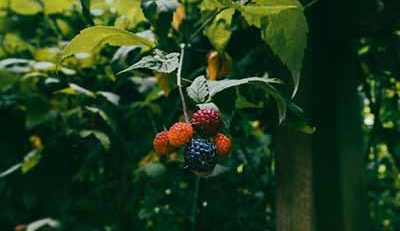
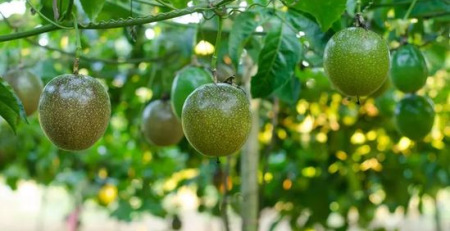
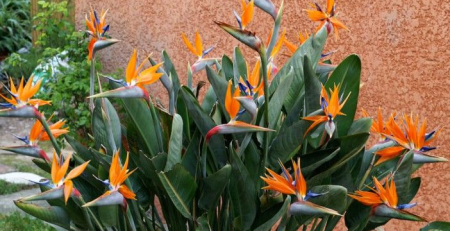


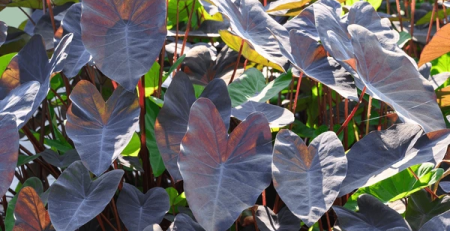
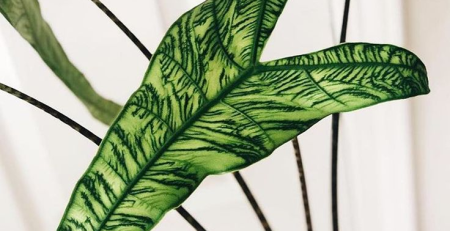

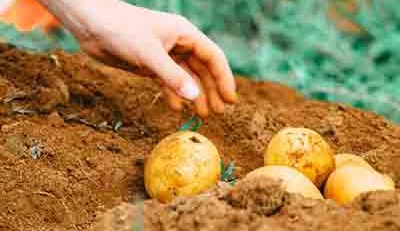
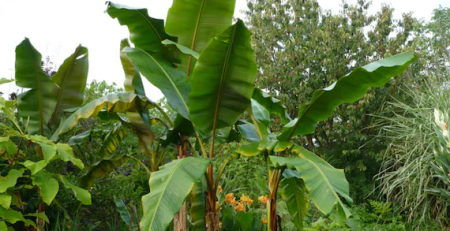
Leave a Reply